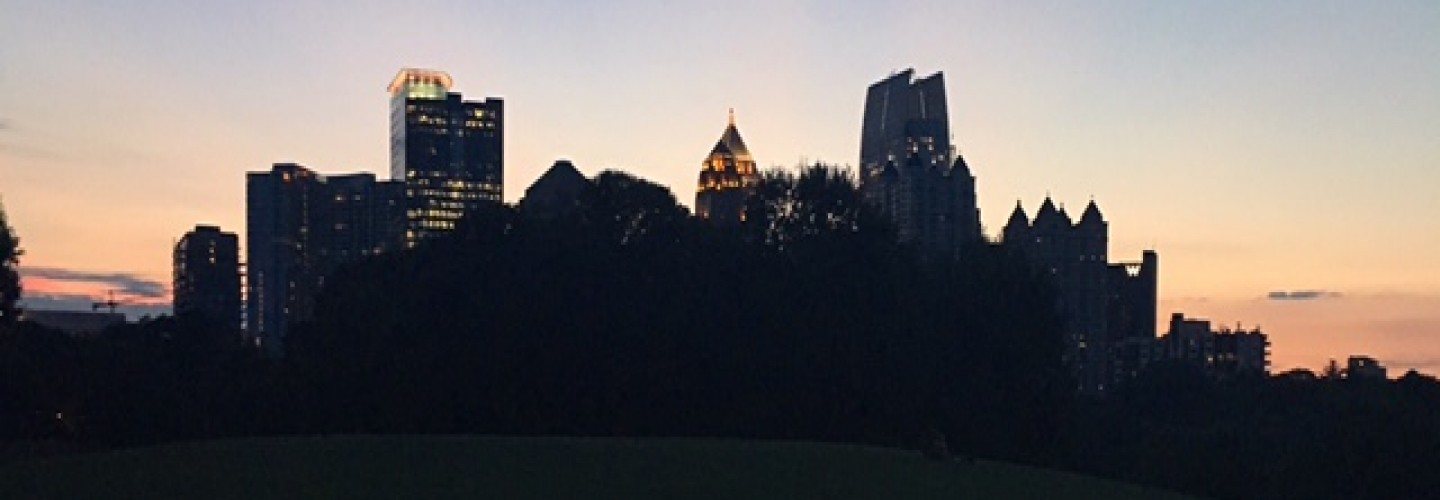Centennial Olympic Park: 1996 to Now
The 1996 Summer Olympic Games were hosted here in Atlanta, Georgia. For this event, Centennial Olympic Park was created downtown, near where Luckie Street meets Ivan Allen Jr. Boulevard. The park itself has seen athletes and patrons from all over the world, competing against one another in so many different sporting events. The park has seen triumph and tragedy and has left a lasting impression on the city of Atlanta.
Upon visiting the park, I entered through the entrance nearest Skyview Atlanta. The giant Ferris wheel loomed over the park, almost as if it were its protector. Right inside the entrance to the park is where children usually play in the summer, splashing about in the fountains of water that spurt out from the ground. Near there, the park has small ponds, contained by concrete, where people sat. Some people were waiting to meet someone, while other people were sitting there with loved ones, presumably on dates. I visited the park early in the week, and it was filled with people walking around, coming in and out of the Coca-cola Museum and the Georgia Aquarium. The atmosphere was cheery, just like any other public park in the city.
However, beyond the splash pads and the ponds stood the statue that pays tribute to the 1996 Olympics. I had been to the park numerous times and walked past this statue just like everyone else, as I did again on my first visit this week. After some research, I learned of the tragedy that was the terrorist attack at the ’96 Games. Twenty years ago, during the summer, a bomb was detonated in the middle of the park. The explosion resulted in two deaths, numerous injuries, and immeasurable fear from citizens worldwide. The event was one that shook the world. Knowing this, I returned to the park Friday night and spent a considerable amount of time standing at the statue. I hadn’t realized the immense historical significance this park held, and having such knowledge altered my perspective. Coincidentally on that Friday night, Centennial was yet again at the forefront of a movement meant to unite people of all nationalities and races, for a large portion of Ivan Allen Jr. Boulevard was blocked off for a protest by the NAACP. The protest was part of the Black Lives Matter movement, following the recent killing of an African American. The serious feeling that surrounded the area is one that I could imagine was close to the same feelings in the days after the 1996 bombing at the park.
I found it so fascinating how much my perception of the site could change in the course of a few days. The combination of the park’s history, the nighttime air, and the protest happening outside the park gates helped to emphasize Centennial’s strong historic importance to the city of Atlanta. As I left the park that night, I could almost tangibly feel the park’s imperative role in defining the city we call home.



